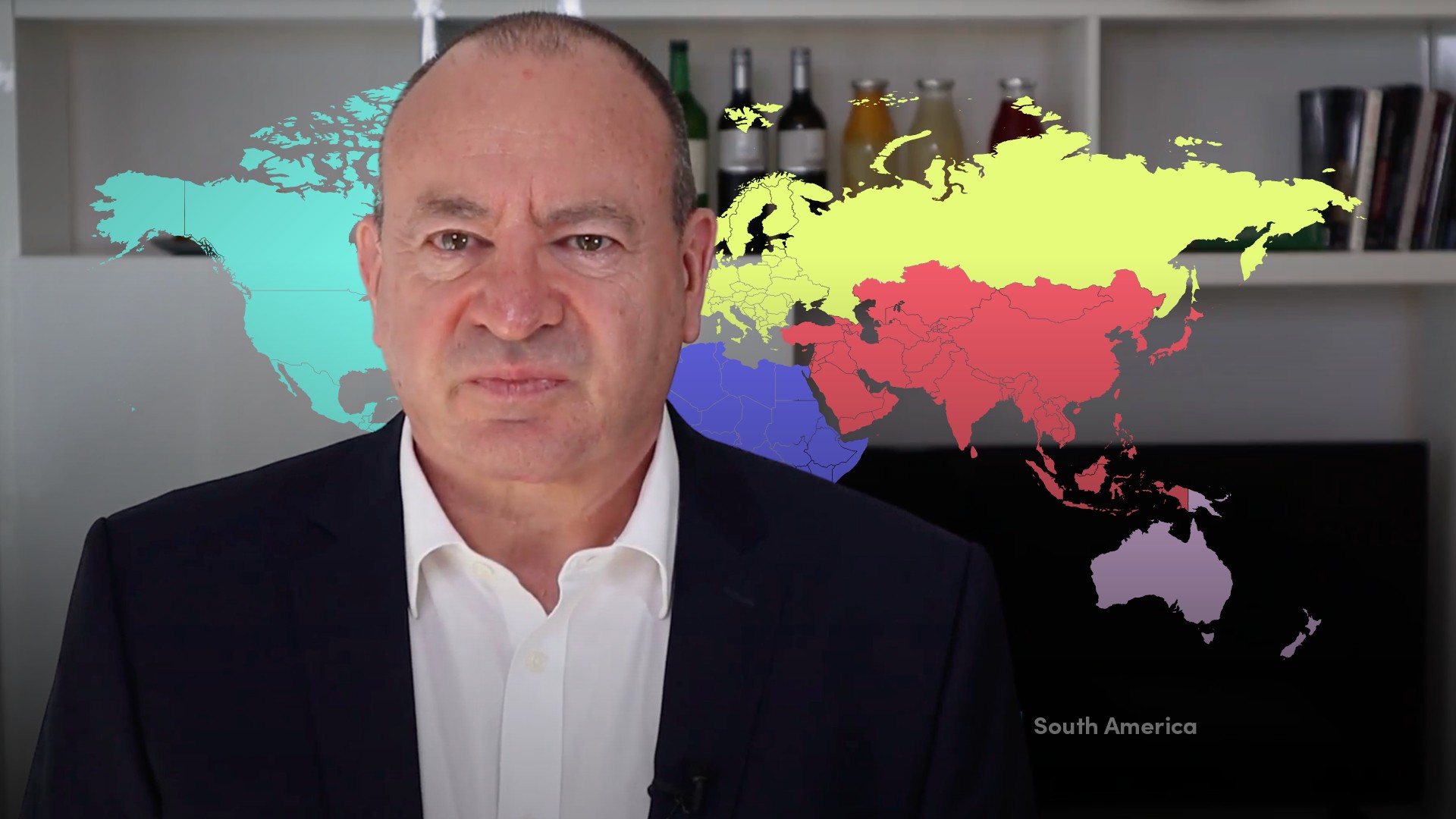
Private Equity Deal Origination

Gavin Ryan
25 years: Private equity & banking
In this video, shot from home, Gavin will review how private equity funds position themselves in their market, how they develop a pipeline of potential investments and how they determine whether a specific opportunity is worth pursuing.
In this video, shot from home, Gavin will review how private equity funds position themselves in their market, how they develop a pipeline of potential investments and how they determine whether a specific opportunity is worth pursuing.

Private Equity Deal Origination
10 mins 6 secs
Key learning objectives:
Identify the main private equity investment themes
Outline the five methods of origination
Outline the features of a screening process
Overview:
Every fund’s investment strategy will be located within a wider investment theme. Most funds’ specific investment strategies shall be located within a broad theme, in order for them to have sufficient focus. A pipeline of opportunities is developed using five main channels; following which a screening process is applied to each opportunity to determine whether to proceed further.
What are the main private equity investment themes?
- Themes include consumer driven industries, such as retail, healthcare, FMCG, education.
- A second theme is the knowledge economy where innovation is concentrated, such as software, FinTech.
- A third theme is regional consolidation, where companies grow through acquiring competitors and developing a regional mindset.
- A fourth theme is financial intermediation, investing in banks and non bank financial institutions.
- A fifth theme is infrastructure and energy, where private equity funds may invest in the innovative end of this area.
What are the five methods of origination?
- The first way is the so called “cold call”; that is receiving an unsolicited approach by someone unknown, by phone or by email.
- The second way is that an intermediary – like an M&A broker – introduces an opportunity.
- The third way is that another private equity fund invites our fund to co-invest with them into their deal.
- The fourth way is that a member of the private equity management team pro-actively develops opportunities, by doing research and going to visit companies and develop relations with their owners and management.
- The fifth and last way applies in the case of a fund being part of a larger group, such as for example the private equity unit of a bank. In this case, the network of the mother company can be harnessed to generate opportunities.
What are the features of a screening process?
The first thing to do when screening is to look at not just one set of dynamics, but two sets of dynamics. By this, I mean the forces driving the interest in private equity investment not just by the company, but also by the ownership. You need both of these to be aligned in order to have a deal. There needs to be a problem that private equity can solve. It also needs to be the right kind of problem rather than the wrong kind of problem.
Gavin Ryan
There are no available Videos from "Gavin Ryan"

